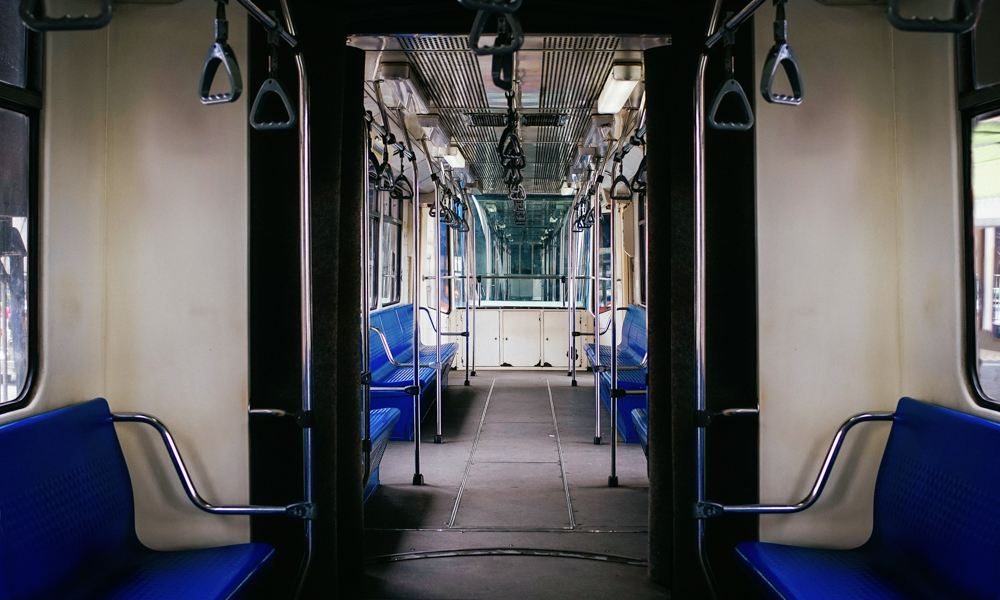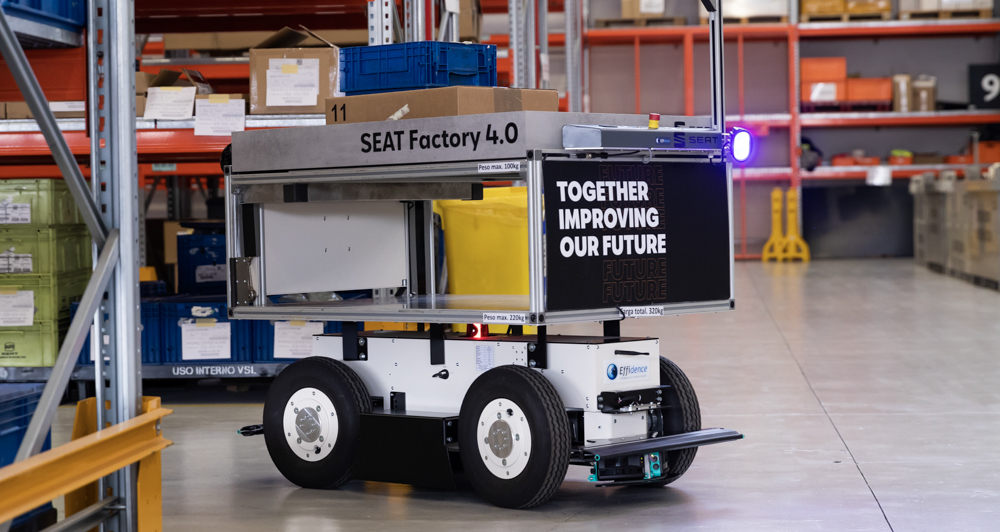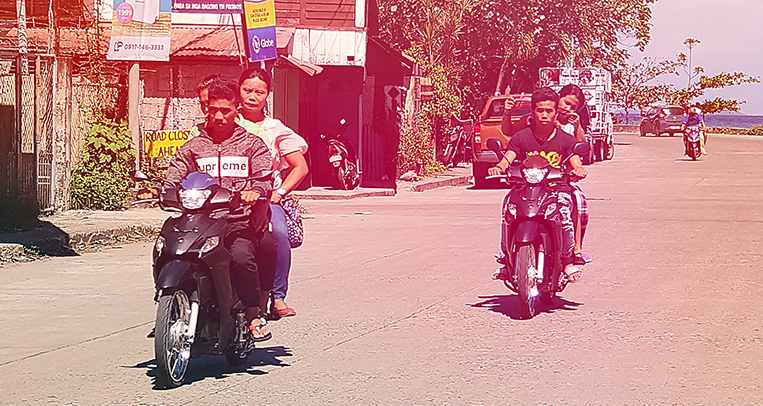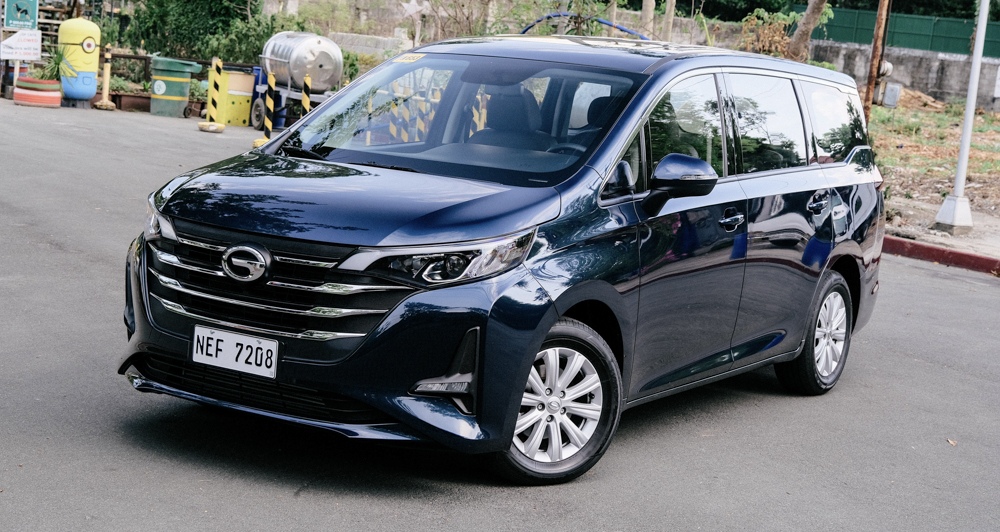
Well, some parts of the country are back to being under enhanced community quarantine. If you’re worried about how to get around (if you really have to), the Department of Transportation has sent out new guidelines regarding public transportation in areas affected by ECQ on August 6 to 20.
According to the latest rules approved by the Inter-Agency Task Force on Emerging Infectious Diseases, public transportation will operate at its current supply and capacity. While the DOTr has the authority to decide on how many vehicles will be allowed to operate, the IATF may also make changes as they see fit.
Only Authorized Persons Outside Residence that are identified by the IATF shall be allowed to take public transport, so be prepared to present IDs and other documents.
ROAD TRANSPORT SECTOR
Buses and jeepneys
- 50% capacity
- One seat apart
- No standing passengers
- Only one passenger can sit beside driver
TNVS and motorcycle taxis
- Allowed to operate
Tricycles
- Must have authorization from DILG and LGU
- Only one passenger in sidecar
RAILWAYS SECTOR
PNR, LRT-1, LRT-2 and MRT-3
- Allowed to operate
- Transport marshals to identify APORs and enforce health protocols
- Train cars to be disinfected after every loop
AVIATION AND MARITIME SECTORS
Domestic flights and sea travel
- Subject to quarantine restrictions at destination
- Passengers should actively check the status of their flights/voyages
Privately owned vehicles that have special permits or are providing services for the government shall strictly follow physical distancing and sanitary measures. Use of active personal transport such as bicycles and electric scooters is highly encouraged.
Lastly, the DOTr created the “seven commandments for public transport.” Kind of cheesy (and obvious), but here they are:
- Wear masks and face shields
- No talking and no phone calls
- No eating
- Keep public-utility vehicles well ventilated
- Conduct frequent disinfection
- No passengers with COVID-19 symptoms are to be allowed inside public transportation
- Observe appropriate physical distancing (one seat apart)
There you have it. With the looming threat of the more contagious Delta variant, we shouldn’t let our guard down even if we’re fully vaccinated. Measures like these in the public transport sector will only be effective if we all do our part.











Comments